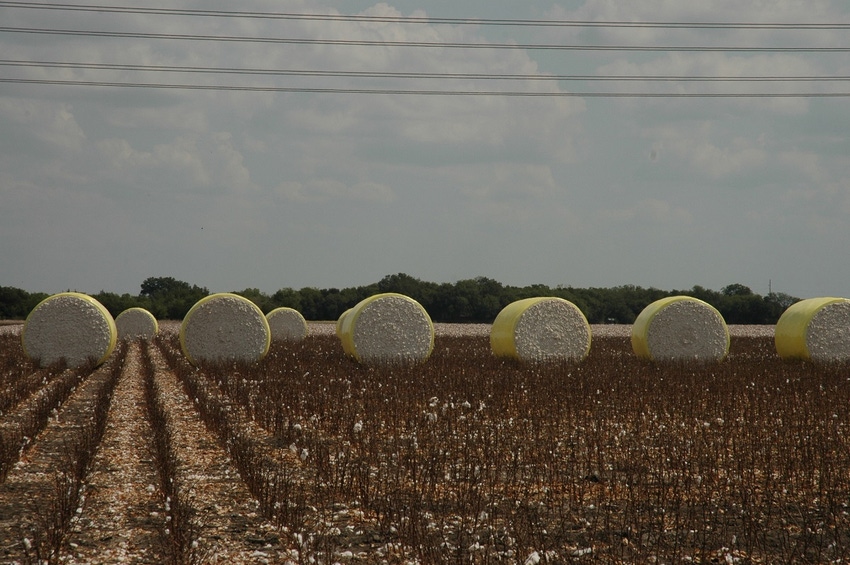June 11, 2015

The June USDA supply and demand numbers shed little light on the unfolding cotton market. From a world standpoint, the June projections of ending stocks were only about 200,000 bales tighter than the May estimates, and most of that was in adjustments to beginning stocks. There were no changes to important variables in important countries like China, India, or Pakistan. So the possible influence of things like low foreign planted acreage or a weak/delayed Indian monsoon or weakening economic growth in Asia all remain to be seen. We will just have to wait for harder data.
The U.S. projections of cotton supply and demand variables were even more of a non-event: No change whatsoever between the May and June projections by USDA. As with the foreign situation, it is still too early to evaluate. We know that the overly moist planting season has likely created trade-offs in production in different U.S. regions.
I do not fault USDA for simply waiting on hard data prior to evaluating those trade-offs. One milestone will be USDA’s survey of planted acreage, which hopefully will capture most, but not likely all, of the various adjustments in plantings due to the lateness of the crop. I expect cotton plantings will be a little lower than reported in the March 31 Prospective Plantings, based on anecdotal reports of widespread prevented planting claims in South Texas, as well as in a few other areas.
After the acreage number is firmed up, we will have to wait for USDA’s first field-based projections of harvested acreage, yield, and production (reported in mid-August). These projections will be revised in subsequent monthly reports. Given the likely lateness of the 2015 crop, it may be several months before the production estimate becomes clear. I am most interested to see if low abandonment and high yields can compensate for bales lost to prevented planting. Uncertainty over questions like that may keep Dec. 15 ICE cotton in the higher end of a 62-cent to 72-cent trading range.
In addition, the South Texas situation poses a particular scenario for higher prices. South Texas is a traditional source of early, new crop bales, with a reputation for high fiber quality. If the number of bales from this region is dramatically lower, and if their harvest period is delayed, and if the maturing crop is affected by seasonal tropical moisture or persistent El Niño rains, it could create a temporary shortage of quality fiber. That is a lot of ifs, but such a scenario might bring about a stronger than normal basis if merchants are scrambling for new crop supplies for the export market.
For additional thoughts on these and other cotton marketing topics, please visit my weekly on-line newsletter.
About the Author(s)
You May Also Like




